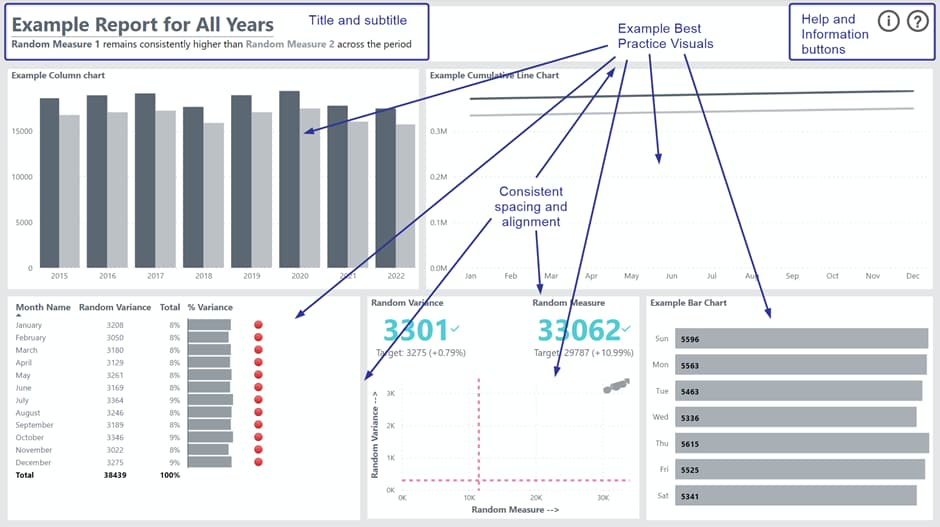Transform your supply chain: How data & analytics investments can benefit retail organisations
6 minute read
19 August 2024

Introduction
Data & analytics has become a must for retailers seeking to optimise their supply chain operations. I have had the opportunity to experience this firsthand at Altis through several data transformation programs that we have successfully delivered with our retail clients. In this article, I will share how retail organisations can benefit from their data & analytics investments in the supply chain space.
Demand forecasting & planning
Accurately predicting customer demand is critical for all retailers and drives key supply chain decisions. Traditionally, organisations have been using specialised demand planning software (such as JDA or SAP IBP). However, we are seeing our clients increasingly turn to the use of AI/ML on top of their data platform for their forecasting, with the aim of pushing the forecast accuracy percentages into the 80s or 90s. Some benefits of using this approach include:
- Ability to leverage more robust and customisable ML forecasting algorithms
- Possibility of including additional input drivers based on a range of data sources (including external ones) that can be easily ingested into the data platform
Inventory management
Holding the right levels of inventory is just as critical, especially when products with a shelf life are involved. The data platform can play an important role in terms of monitoring stock levels and movements. Examples of how our clients are taking advantage of data & analytics to improve their inventory management include:
- Leveraging stock data along with data from other processes ingested on the data platform such as open sales orders and open supplier purchase orders to better understand projected stock levels and days of inventory
- Correlating lost sales back to insufficient stock levels
- Identifying and managing short dated stock
- Uncovering discrepancies such as stock placed in wrong inventory storage areas
Inbound logistics
Inbound operations ensure proper replenishment of stock into a retailer’s distribution centres and often involve several core business processes, from placing purchase orders with suppliers to organising and managing supplier deliveries, receipting the goods received, and moving these to appropriate inventory storage areas.
In my experience, these processes can often span across separate operational systems or different modules within the retailer’s ERP. Integrating the data from these processes into a centralised data platform can therefore unlock significant value in identifying bottlenecks and issues. For example, supply planners can understand, if there were delays with a purchase order being fulfilled, whether it took the supplier longer to deliver the goods or rather the issue was within the inbound operations at the distribution centre.
Outbound logistics
The data platform can play a similar role in integrating all outbound processes relating to order fulfilment from picking and packing to shipment / container loading and transport delivery. Several of our clients have implemented their SIFOT / DIFOT KPIs (serviced / delivered in full and on time) on their data platform, with the ability to drill down to individual order line items.
Conclusion
In summary, there are opportunities for data & analytics to be leveraged across all areas of retail supply chain. The data platform can also introduce significant benefits through enabling cross-functional analytics, which can be hard to do in the operational systems or ERP.
If any of the above resonates with you and you’d like to find out more, please connect with us and start the conversation on how Altis can help you.
Related insights
Share
Other insights

Contact us via the form on our website or connect with us on LinkedIn to explore the best solution for your business.



